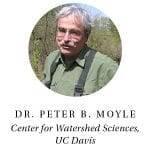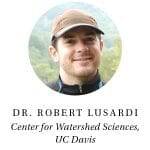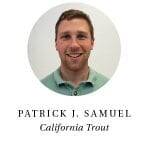The Eel River’s Return: California’s Third Largest Watershed Is on its Way to Flowing Free and CalTrout Has a Plan for its Restoration
After more than a century of impoundment, California's third-largest river is on the path to running free once again. The Eel River, which once supported some of the West Coast's most abundant salmon runs, is entering a new era of restoration and renewal that promises transformation from source to sea.
CalTrout's science-based Eel River Watershed Restoration and Conservation Program is providing a blueprint for this transformation, taking a holistic approach to achieving watershed health. As we enter Phase 2 of the program in 2025, our vision is clear: diverse and resilient habitats throughout the watershed, self-sustaining native fish populations, and thriving local communities that benefit from a healthy river system.
The upcoming removal of Scott and Cape Horn dams, which have blocked the headwaters of the river for over 100 years, represents a crucial piece of this restoration puzzle. These aging structures, part of the PG&E-owned Potter Valley Project, no longer generate power, lose money, and pose increasing safety risks. Their removal will reconnect native salmon and steelhead with nearly 300 miles of pristine cold-water habitat – making the Eel California's longest free-flowing river.

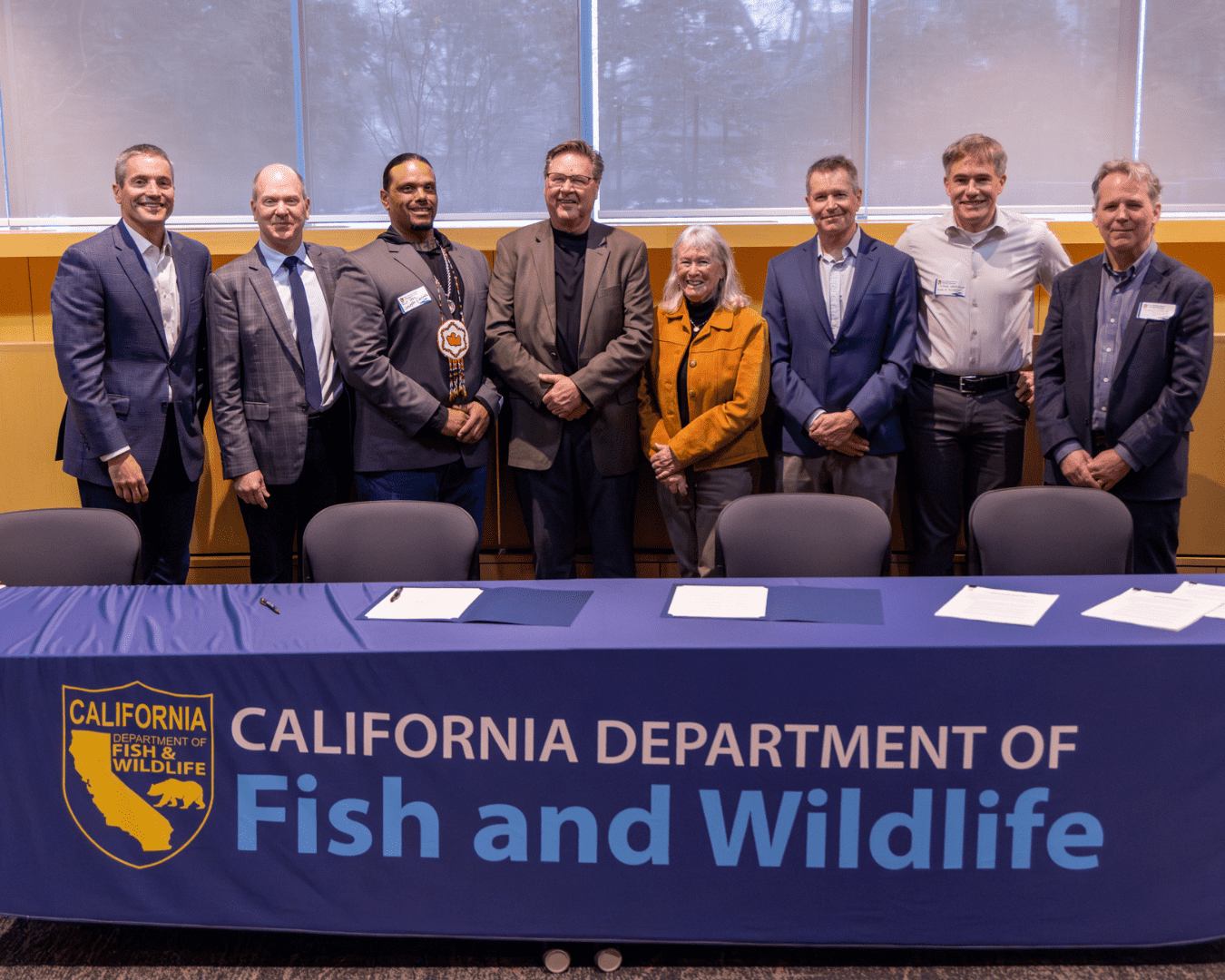
The health of human communities is a top priority for parties spearheading dam removal. Improving aging infrastructure will improve water supply reliability and increase public safety. Beyond these benefits, the economic impact will be substantial. A 2023 study by the Bay Area Council Economic Institute projects that dam removal will create over 1,000 local jobs and generate up to $278 million in regional economic benefits. From restoration projects to recreational opportunities, this investment in watershed health will drive economic vitality for Northern California communities.
This restoration effort is about more than just fish – it's about people. The project will support tribal communities in reclaiming their cultural practices and traditional fisheries, while also benefiting recreational anglers and commercial fishing industries. Communities will benefit from cleaner water, potential for flood mitigation, increase in soil fertility, and more. The Eel River once supported annual runs of up to a million salmon and steelhead, and its restoration represents one of California's best opportunities to revive these incredible fish runs and support coastal economies.
Recent momentum from successful dam removal projects, like the Klamath River where fish returned to previously blocked habitat within days, shows the powerful potential for recovery. This momentum continues to build, thanks to the dedication and vision of Round Valley Indian Tribes. A historic new agreement was just signed last week between the Round Valley Indian Tribes, CalTrout, the California Department of Fish and Wildlife (CDFW), Humboldt County, Mendocino County Inland Water and Power Commission (MCIWPC), Sonoma Water, and Trout Unlimited. This Memorandum of Understanding (MOU) commits to dam removal while ensuring balanced water supply needs and establishing key protections for the Eel River, including Tribal water rights and limits on water diversions to protect threatened salmon species.
CDFW committed $18 million toward the partnership, directing $9 million to the design and capital costs of modernizing the old diversion and building the New Eel-Russian Facility (NERF) and a parallel $9 million as initial support for the MOU’s envisioned Eel River Restoration Fund. The funding is in recognition of Californians coming together to solve a century-old conflict and to support the rural counties, Tribal government and conservation goals outlined in the MOU. CDFW also funded Phase 2 of the Eel River Restoration and Conservation Program, which initiates this month.


CalTrout is already hard at work on other large-scale restoration projects in the Eel River. In the Eel River estuary, we are restoring the 950-acre tidal marsh estuary surrounding Cannibal Island with funding from CDFW and the California Coastal Conservancy. In the South Fork Eel River, CDFW funding has enabled us to implement large scale restoration such as ongoing monitoring tied to Bull Creek Restoration Project and continued research on invasive pikeminnow. By monitoring juvenile salmon and steelhead as they migrate down South Fork Eel River, we can better understand impacts from non-native pikeminnow predation and apply our learnings to build a more informed restoration plan. Our focus on the Eel River estuary emphasizes our holistic approach to conservation – we must ensure each link in the watershed is functional and capable of supporting our ecosystems.
Restoration is not possible without collaboration. CalTrout and our partners in the Eel River Forum – including over 22 public agencies, tribes, and conservation organizations – are working together to implement priority actions outlined in the Eel River Action Plan. This collaborative approach ensures that restoration efforts benefit both the ecosystem and local communities.
To share our vision for this remarkable watershed, we're excited to announce the digital release of the Eel River Vision book. This comprehensive resource captures the essence of this incredible watershed through stunning photography, original art by Obi Kaufmann, and exploration of the restoration process, community involvement, and our collaborative vision for the future. The book offers readers an intimate look at the Eel River's past, present, and the promising future we're working to create.
Join us in celebrating this watershed moment for the Eel at the Eel River Expo in Fortuna on April 19, 2025. This free community event will showcase hands-on activities and opportunities to learn from local scientists about how this remarkable transformation will shape our region's future. Attendees will also have the opportunity to explore the Eel River Vision book and see firsthand the beautiful future we envision for this vital watershed. We invite you to submit your best Eel River watershed photos as part of the Eel River Photo Contest, for a chance to win prizes and have your work displayed during the Expo. The Eel River is a cornerstone of our community, and we can’t wait to see it through your eyes! The deadline to submit photos to the contest is March 31.
The progress we're seeing in the Eel River watershed today is the result of decades of dedication, collaboration, science, and hard work by countless individuals, organizations, and communities. As we take part in this historic transformation, we continue to be inspired by what can be achieved when we work together toward a shared vision of a healthier, freer-flowing Eel River.
Check out recent articles by the SF Chronicle, Mendocino County Public Broadcasting, and The Press Democrat on the watershed’s restoration!
